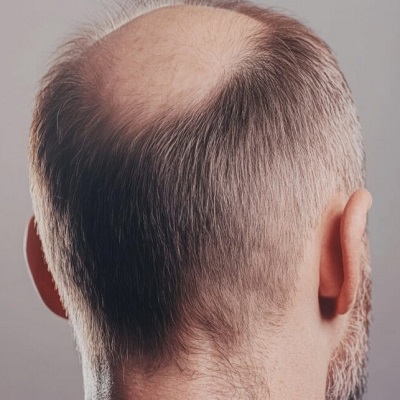Crown Hair Transplant for Men vs. Women: Key Differences

Hair loss can be a distressing experience for both men and women, affecting self-confidence and overall appearance. One of the most common areas of hair thinning or baldness is the crown of the head, prompting many individuals to seek hair transplant solutions. While crown hair transplant in Islamabad are effective for both men and women, there are significant differences in how the procedure is approached based on gender. Understanding these key differences can help patients make informed decisions about their treatment options.
1. Causes of Crown Hair Loss in Men vs. Women
The primary cause of crown hair loss varies between men and women.
Men: Male pattern baldness (androgenetic alopecia) is the most common reason for hair loss in the crown area. It typically follows a predictable pattern, starting with a receding hairline and progressing towards the crown.
Women: Female pattern hair loss tends to be more diffuse, with thinning across the scalp rather than concentrated in the crown. Hormonal changes, medical conditions, and genetics play a significant role in hair loss among women.
These differences in hair loss patterns influence the approach taken in hair transplantation.
2. Hair Transplant Techniques Used
Hair transplant procedures for both men and women generally involve two primary techniques:
Follicular Unit Extraction (FUE)
Follicular Unit Transplantation (FUT)
While both techniques can be used for crown hair transplants in men and women, the application differs:
Men: FUE is often preferred as it allows for a more natural look in the crown area without a visible linear scar. Since male pattern baldness follows a predictable pattern, it is easier to design the transplant.
Women: FUT is sometimes preferred in women as their hair loss tends to be more widespread, and they usually keep longer hair, which helps cover any scarring from the procedure. However, FUE can also be a viable option depending on the patient's needs.
3. Hairline vs. Crown Restoration Prioritization
Men and women have different priorities when it comes to hair restoration.
Men: Many men prioritize restoring their hairline before the crown, as a receding hairline is often more noticeable. If the donor hair supply is limited, surgeons may recommend focusing on the front rather than the crown.
Women: Since women experience more diffuse thinning, crown restoration is often a priority alongside overall hair density improvement. Women typically retain their hairline, making crown restoration a more common focus.
4. Hair Density and Growth Patterns
The density and direction of hair growth differ between men and women, affecting the transplant process.
Men: Crown hair loss in men creates a circular bald spot, requiring meticulous implantation in a spiral pattern to match natural growth.
Women: Since hair loss in women is more diffuse, the implantation must blend seamlessly with existing hair to ensure even density and a natural appearance.
5. Psychological and Emotional Considerations
Hair loss impacts men and women differently on an emotional level.
Men: Male baldness is often perceived as a natural part of aging, but many men still struggle with self-esteem issues. However, hair transplants have become increasingly common and socially accepted.
Women: Female hair loss can be more emotionally distressing since society places a high value on women’s hair. Women seeking hair transplants often feel a stronger psychological burden, making patient counseling a crucial part of the process.
6. Recovery and Post-Transplant Care
Recovery timelines and care routines are generally similar, but certain factors may affect healing in men and women.
Men: Many men opt for shorter haircuts, which make it easier to manage post-transplant shedding and growth phases. However, they may be more conscious of initial redness and scabbing in the crown area.
Women: Women typically keep longer hair, which helps conceal post-transplant healing. However, they may need to adjust hair care routines, avoiding excessive styling or tight hairstyles that could stress newly transplanted follicles.
7. Long-Term Results and Maintenance
Both men and women require proper care and maintenance to ensure lasting results.
Men: Since male pattern baldness is progressive, men may require multiple sessions over time to maintain density, especially if hair loss continues in untreated areas.
Women: Women with diffuse thinning may need supplementary treatments like PRP therapy or medications (e.g., minoxidil) to enhance transplant results and maintain overall hair health.
Conclusion
Crown hair transplants are an effective solution for both men and women experiencing hair loss, but key differences in hair loss patterns, surgical techniques, and post-transplant care should be considered. Men often experience localized bald spots requiring targeted implantation, while women deal with diffuse thinning requiring a more integrated approach. Understanding these distinctions helps patients choose the right procedure and surgeon for optimal results.
Note: IndiBlogHub features both user-submitted and editorial content. We do not verify third-party contributions. Read our Disclaimer and Privacy Policyfor details.















